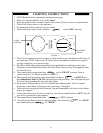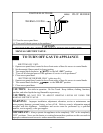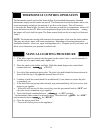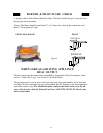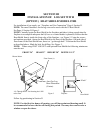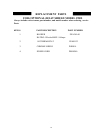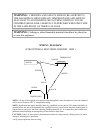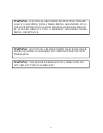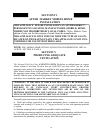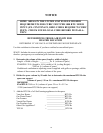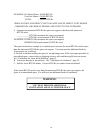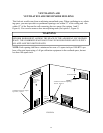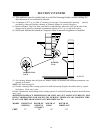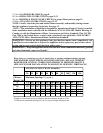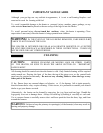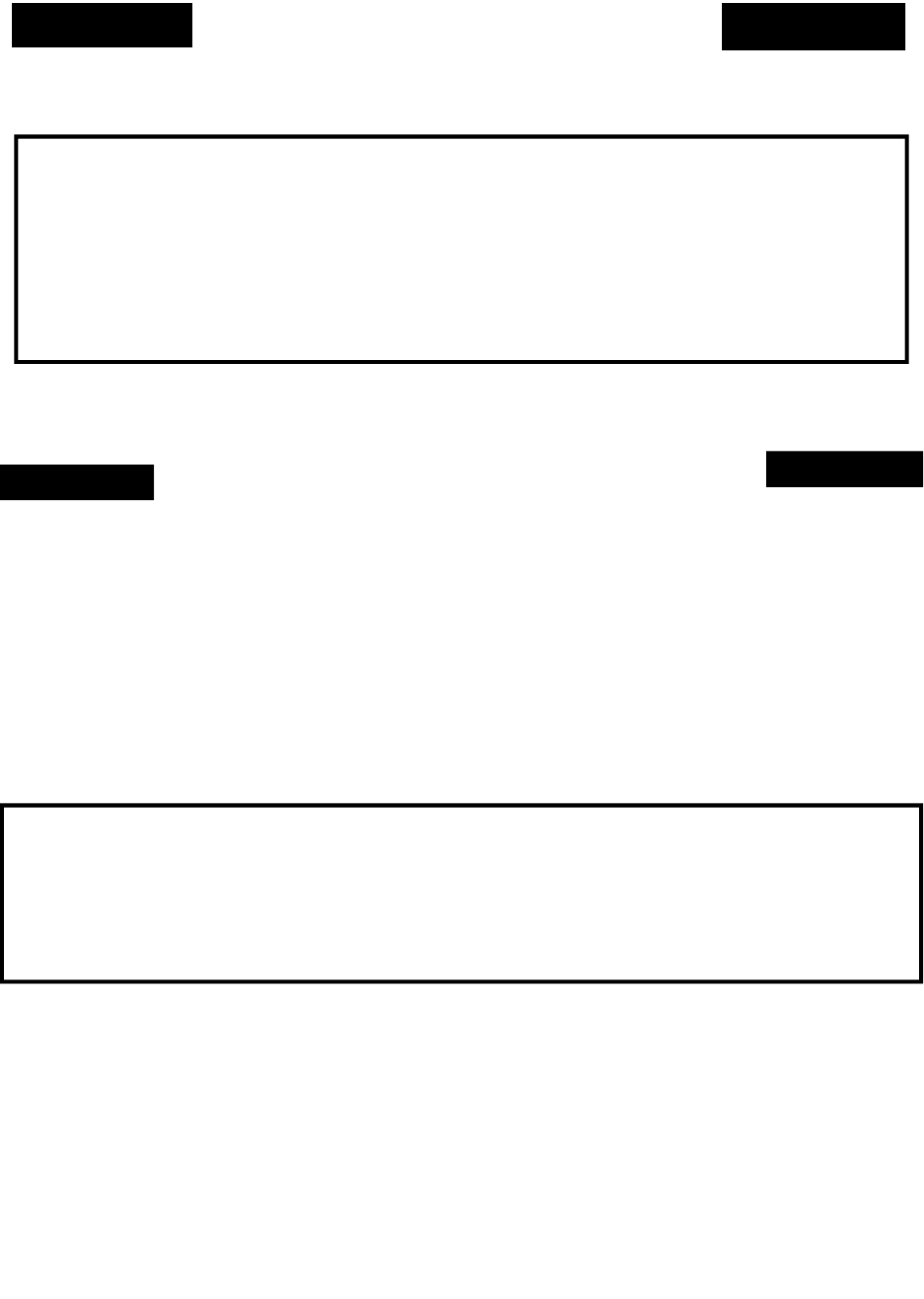
SECTION IV
AFTER MARKET MOBILE HOME
INSTALLATION
THIS APPLIANCE MAY BE INSTALLED IN AN AFTERMARKET*,
PERMANENTLY LOCATED, MANUFACTURED (MOBILE) HOME,
WHERE NOT PROHIBITED BY LOCAL CODES. *After Market: Com-
pletion of sale, not for the purpose of resale from the manufacturer.
THIS APPLIANCE IS ONLY FOR USE WITH THE TYPE OF GAS IN-
DICATED ON THE RATING PLATE. THIS APPLIANCE IS NOT CON-
VERTIBLE FOR USE WITH OTHER GASES.
NOTE:
FOR MOBILE HOME INSTALLATION FOLLOW RESIDENTIAL INSTAL-
LATION. SECTION II, PAGE 4.
SECTION V
PRODUCING ADEQUATE
VENTILATION
The National Fuel Gas Code, ANSI Z223.1/NFPA 54 defines a confined space as a space
whose volume is less than 50 cubic feet per 1,000 BTU per hour (4.8m
3
per kw) of the
aggregate input rating of all appliances installed in that space and an unconfined space as a
space whose volume is not less than 50 cubic feet per 1,000 BTU per hour (4.8m
3
per kw) of
the aggregate input rating of all appliances installed in that space. Rooms communicating
directly with the space in which the appliances are installed, through openings not furnished
with doors, are considered a part of the unconfined space.
“WARNING: IF THE AREA IN WHICH THE HEATER MAY BE OPERATED IS
SMALLER THAN THAT DEFINED AS AN UNCONFINED SPACE OR IF THE
BUILDING IS OF UNUSUALLY TIGHT CONSTRUCTION, PROVIDE
ADEQUATE COMBUSTION AND VENTILATION AIR BY ONE OF THE
METHODS DESCRIBED IN THE NATIONAL FUEL GAS CODE, ANSI Z223.1/
NFPA 54, SECTION 5.3 OR APPLICABLE LOCAL CODES.”
Unusually tight construction is defined as construction where:
a) Walls and ceilings exposed to the outside atmosphere have a continuous water vapor
retarder with a rating of 1 perm (6 x 10
-11
kg per pa-sec-m
2
) or less with openings gasketed
or sealed;
b) Weather stripping has been added on openable windows and doors;
c) Caulking or sealants are applied to areas such as joints around window and door frames,
between sole plates and floors, between wall-ceiling joints, between wall panels, at
penetrations for plumbing, electrical, and gas lines, and at other openings.
18



